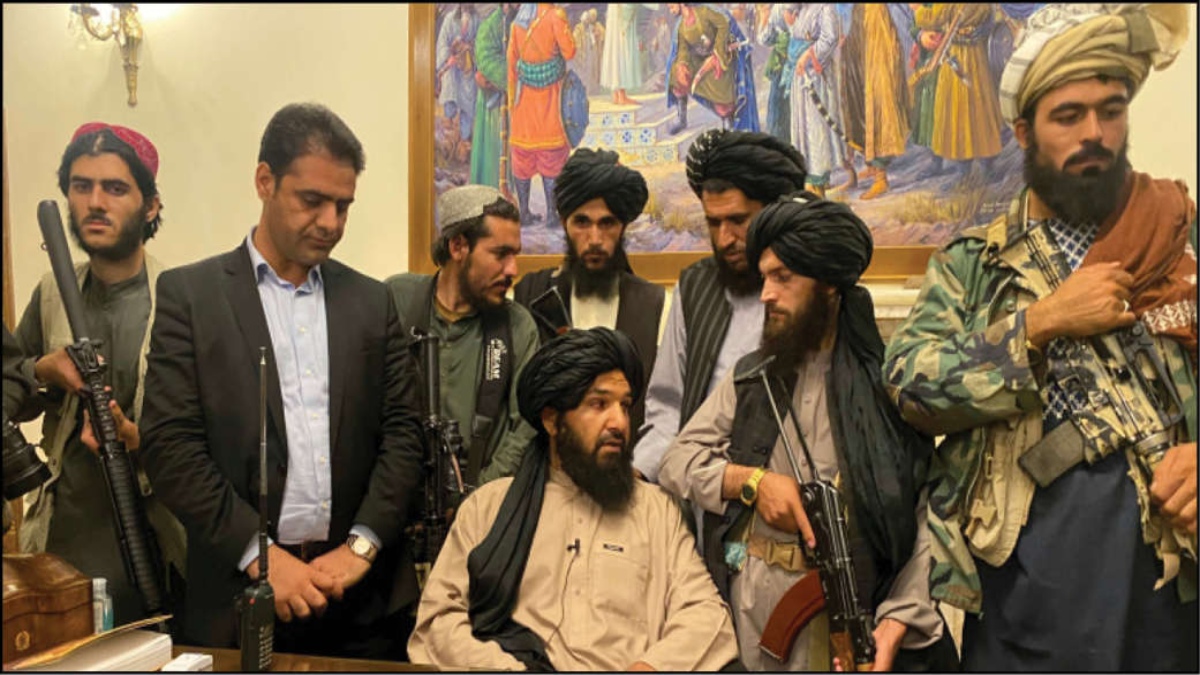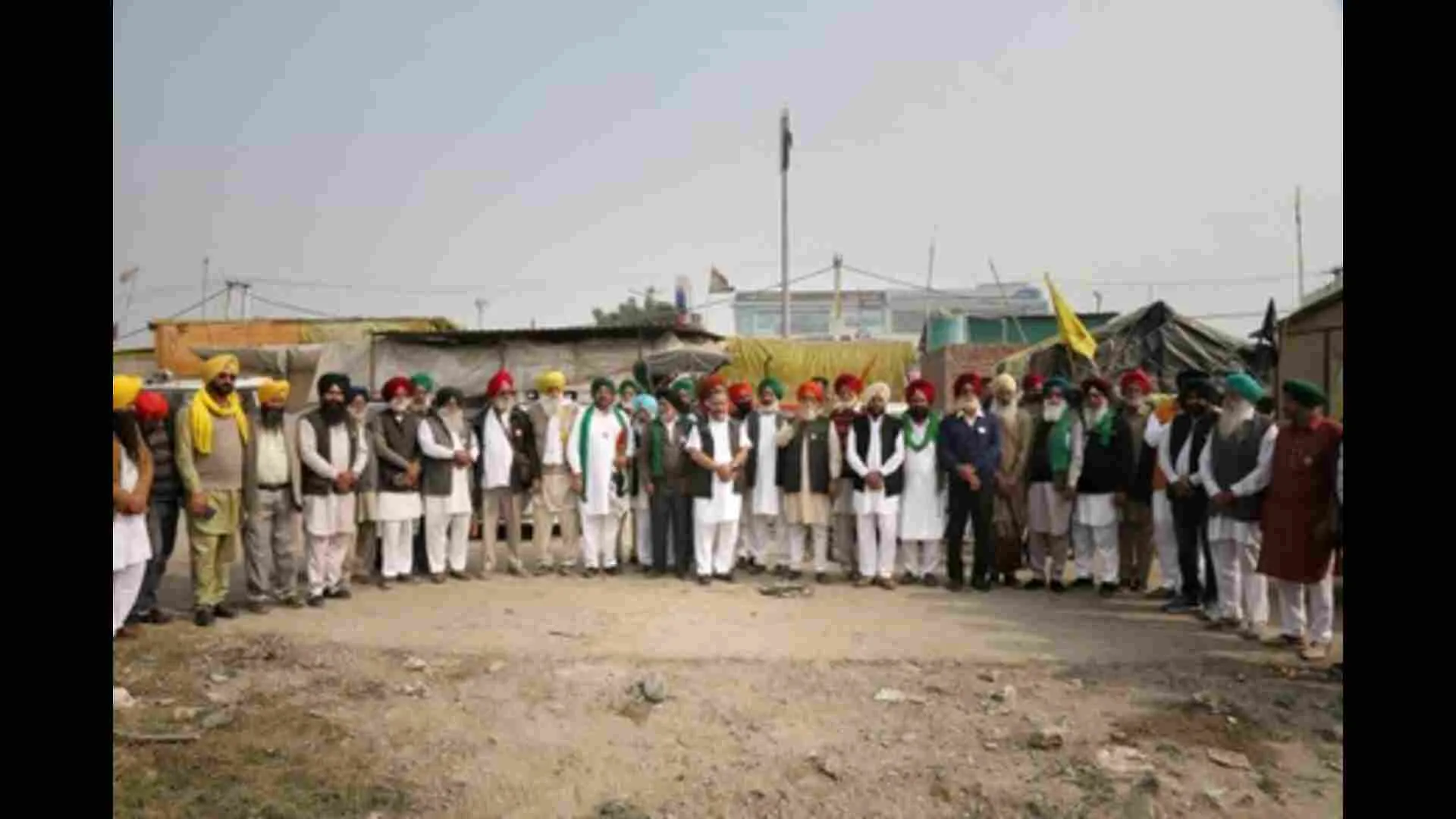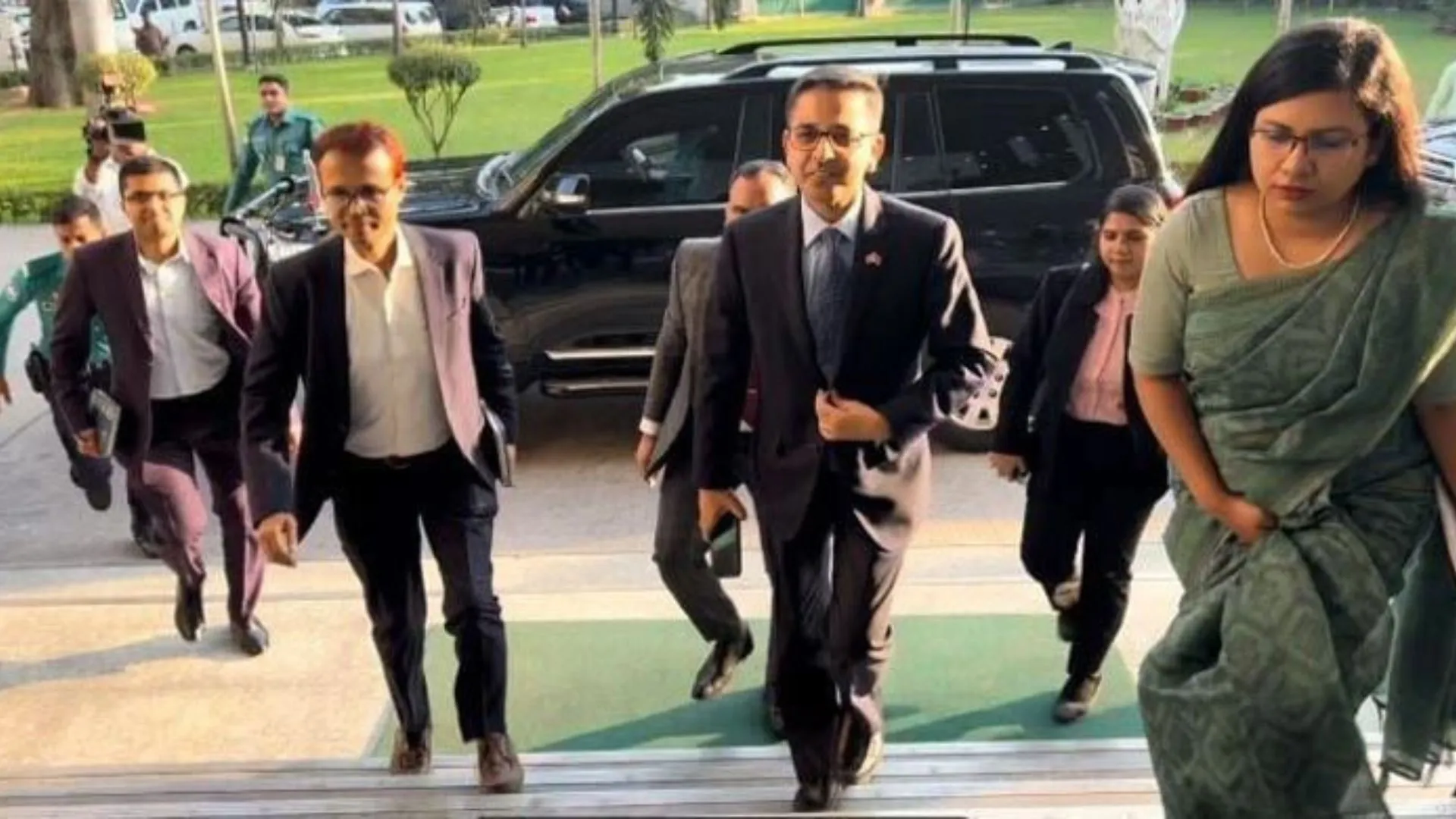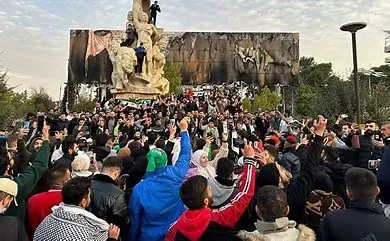Several analysts have explained the sudden Taliban takeover of Afghanistan in their own way. The students of seminaries swept the entire country in no time. We know that the Taliban had their offshoots in every city, every village and this was further evident from various attacks they carried out over the last decade in Afghanistan. However, the way they re-occupied the country, mass surrender of Afghan Forces happened, support of local people was with Taliban and fear of Afghan politicians was visible, it created the need to dig deep into the matter and find answers.
To understand the Taliban takeover, we must understand the mindset of a common Afghani citizen first. Afghanistan has been the graveyard of empires for over twenty-four centuries. Right from Alexender the great to various central Asian tribes, Genghis Khan to Moghuls and Britishers to the Soviets. It proved that to rule over this land, understanding its people is of utmost importance. Anyone failing to read their mind has been buried in the mountains of Hindukush.
It’s time to understand the Afghan minds as to how Taliban 2.0 could come to power in ten simple points:
1. Warrior Mindset – Over several thousand years, the people of Afghanistan have been participating in various military campaigns irrespective of the force employing them. There is a clear-cut Warrior mindset in the country where people wish their sons to be a fighter first. Matters between the tribes are often resolved by the use of guns and every tribal leader keeps an army of fighters. Since gun culture is common, this warrior mindset gave birth to a patriarchal society where women have fewer rights. This connects them with the sharia culture of the Taliban.
2. Conservative religious beliefs – Although Afghanistan was the birthplace of Persian or Balkh civilisation which was once controlling half of the Asian subcontinent, Islamic influences paved the way over the last thirteen centuries in a conservative society where religious beliefs had significant importance. In Afghanistan, almost 100% of the population follows Islam out of which an overwhelming 92% follow Sunni Islam. Being engaged in wars continuously, no major education institution could thrive except orthodox Islamic Seminaries. This gave birth to an ultra-fanatic Islamic ideology that connected them to the Taliban.
3. Reluctance to the governance forces by outsiders – Afghanistan has always shown reluctance to any governance forced by outsiders, even if it is Sikh missals of Lahore or British empire or Soviet forces and concurrently the US influenced government. When America came to Afghanistan in 2001, it was perceived that their stay will be shorter, but they overstayed for twenty long years. A long war against the so-called terrorism not only disturbed the lives of people but several actions of America where they killed innocent people in the bombing was perceived as a personal attack on the people. Since the Afghanistan government did not take any action against the perpetrators, their credibility among the local population was lost. Slowly they understood that the government installed by the USA was a puppet government and major decisions were influenced by the White House. This created mistrust in the minds of the local population, and they started seeking the Taliban as their liberators.
4. Corruption and poor judicial system – After the new constitution of Afghanistan came into existence in 2004, there were a lot of voices against it. Being an orthodox Islamic society and rule of Taliban for about six years instated the faith of locals in sharia law however the present judicial system failed to satisfy the common men as it could be easily influenced. Rich people were easily able to buy the judges and by appointing influential lawyers, were able to win the cases. The judicial process was long, and people were tired of it. In a society where most people stay below the poverty line, sharia law was the favourite choice since it was the same for all irrespective of caste, creed, and financial status. Taliban was aggressively propagating sharia law and due to this, the inclination of local people towards them was a natural choice.
5. Corruption in Government and influence of warlords – Ever since the new government in Afghanistan was formed in 2004, there were serious allegations of corruption against the members of the government. Nearly all the influential people in the government had properties and investments abroad. They lived a lavish lifestyle while common Afghani was struggling for his very existence. Several warlords were supporting the government and behaving as if they are above the law. They were staying in big palaces employing thousands of mercenaries as their private army and were pocketing most of the international grants coming to the country. On the contrary, Taliban leaders lived a simple life staying in seminaries which prompted the local population to see them as future leaders of Afghanistan.
6. Disconnect with Land – An important aspect of Afghanistan was that most of the government officials were not connected to the land. They studied and worked abroad for the entirety of their lives and came to Afghanistan just to rule the land. Since there was no connection with the land, they were unable to understand the problems of the local people. Further, their decisions were influenced by the west which triggered a negative response among the public. Taliban was termed as local and often sympathetic to people which facilitated the association of the Afghan population with them.
7. Ethnic Divide, Pashtun Dominance and Pashtunwali- Afghanistan is divided based on the tribal system. Although there are ten major tribes, Pashtuns constitute the largest part of it (42%) followed by Tajik (30%), Hazaras (10%), and Uzbeks (9%). The rest of the tribes are less in number and are scattered all over Afghanistan. Pashtuns are important to discuss since they are not only a majority tribe in Afghanistan but holds a vast area called the Federally Administered Tribal Area (FATA) in Pakistan also. Due to the porous border, both Afghan and Pakistan Pashtuns are closely connected. After Quran, the second thing they follow is “Pashtunwali”- a code of laws that regulates law, behaviour, justice, and warfare among Pashtuns for over two thousand years. The majority of Taliban were Pashtuns and were created in the madrasas located all along the Durand line. They were respectful to “Pashtunwali” contrary to the government officials which gave the Taliban a better standing in the hearts of the local population than the current Afghan government.
8. Recruitment in top government positions – Over the last two decades or so, there was a visible bias in the recruitment policies of the government. Most positions were filled based on recommendations and not because of merit. People recommended by the US government, CIA, Warlords, and other people made their way to top positions in Afghanistan whereas the common person continued to suffer. Even Afghan Army Generals were appointed like this. In a society where there is a large disconnect based on tribal affinities, having such partiality is not good. Taliban was an exception where officials were primarily religious leaders who already had respect among people. They may be inefficient and ultra-fanatic but were connected to the land hence could make their way easily.
9. Belief that Islam connects all tribes – As we learnt that the entire education system in Afghanistan has collapsed due to continuous bloodshed and only religious seminaries survived in the hinterland, the common Afghani perceived that Islam is the only way to reunite all the tribes. Past experiences where all the tribes fought the aggressors together paved the way to this theory. The current Afghan government was unable to instil faith in the locals and since the Taliban was portraying themselves as the torchbearers of Islam, could easily walk in.
10. Fear after the US Withdrawal – Since the US already declared its withdrawal from Afghanistan, locals were living in continuous fear of a dark future. They saw the situation when the Soviets moved out and warlords fought for their supremacy. Concurrently, the warlords had a significant say in the Afghanistan government and in the event of a US withdrawal, filling the gaps by these warlords would have brought catastrophe. Common Afghani was fearful of this and hence easily got inclined towards the Taliban who were inches close to their territory and were a tested party when it comes to rule Afghanistan.
There have been many theories claiming to be the authority on the sudden Taliban takeover of Afghanistan but it is a universal truth that such things do not happen by mere use of force. Local Afghani people were suffering for a long time, and they had no option but to give way to the Taliban. Although this does not justify the Taliban rule over Afghanistan as their way of governance is not only ultra-fanatic, it is a slap on the face of humanity. Nevertheless, truth is always bitter, and it must come out. Hope global powers can decipher the mind of a common Afghani and help them. Let there be no blood any further on the slopes of the Hindukush Mountains.
The writer is a retired Army personnel, defence strategist with keen interests in international relations and internal security.























